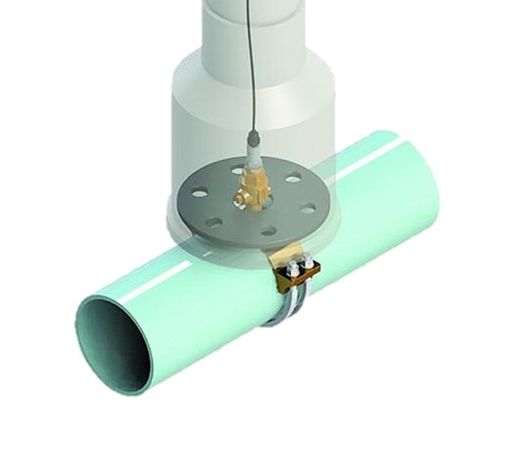Water is essential resource for all the life on the planet. Of the water resources on Earth only three percent of it is fresh and two-thirds of the fresh water is locked up in ice caps and glaciers. Of the remaining one percent, a fifth is in remote, inaccessible areas and much seasonal rainfall in monsoonal deluges and floods cannot easily be used. At present only about 0,08 percent of all the world’s fresh water is exploited by mankind in ever increasing demand for sanitation, drinking, manufacturing, leisure and agriculture. Due to the small percentage of water remaining, optimizing the fresh water we have left from natural resources has been a continuous difficulty in several locations worldwide.
Much effort in water resource management is directed at optimizing the use of water and in minimizing the environmental impact of water use on the natural environment. The observation of water as an integral part of the ecosystem is based on integrated water resource management, where the quantity and quality of the ecosystem help to determine the nature of the natural resources.
Water resource management is the activity of planning, developing distributing and managing the optimum use of water resources. It is a sub-set of water cycle management. Ideally, water resource management planning has regard to all the competing demands for water and seeks to allocate water on an equitable basis to satisfy all uses and demands. As with other resource management, this is rarely possible in practice.
WDM is used to manage water resources
Goal is to:
– Reduce water losses and therefore unnecessary costs
– Monitor real-time status and send alerts if anomalies occur
– Speed up response to a pipeline leak
– Prevent contamination of drinking water
– Run advanced analytics based on sensor collected data to improve preventive maintenance planning and make the detection of pipeline leak zones easier
Main reasons for implementation of WDM:
– Overall water losses in water distribution systems are significant.
– Utility companies are now trying to solve this problem by increasing the number of water wells, which means new investment cost, and/or increasing pipeline pressure which leads to further cracking of older pipeline sections or valve leaking and thus to new water losses.
Area of use:
Pipeline pressure measurement sets
– Pipeline pressure control for early detection of pipe cracking or valve leaking – water loss detection through pressure monitoring
Flowmeters
– Flow rate control – water loss detection through flow rate monitoring.
Technical details:
– Device is equipped with Pressure sensor, Temperature sensor, Flow sensor, Contact (Switch) sensor
– Battery autonomy up to 5 years
– Remote access to the GUI


